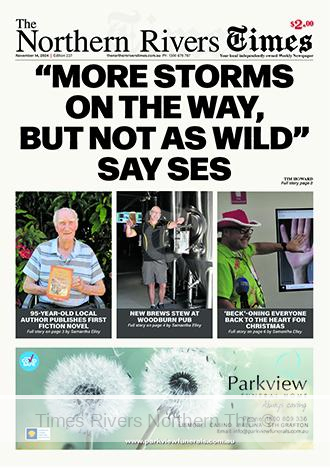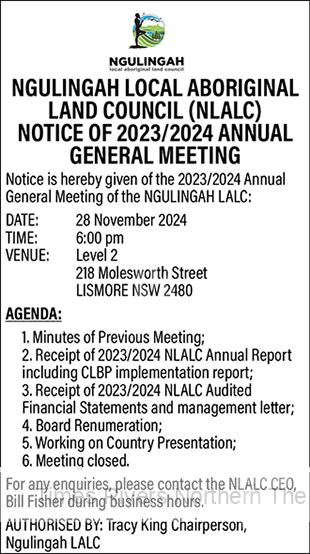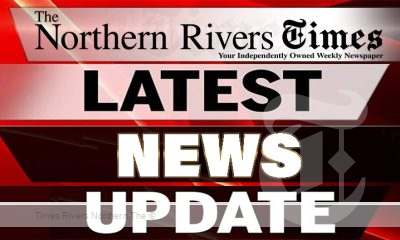Bowled over by new medical centre in Mid-Richmond
By Samantha Elley
Change is coming to Woodburn and it is thanks to the passion of three women who want to ensure residents in the Mid-Richmond receive prompt medical treatment.
“It’s been a bit of a long journey,” said Amanda Moss, one of the team setting up Woodburn Health.
“The three of us had previously worked at Evans Head Medical Centre, which is a fabulous practice but one thing we noticed was (it) was at capacity.
“Books have been closed for a long time…there was no more room for growth in that building.”
The other members of the Woodburn Health ownership group include Dr Louise Wagner and Kelly Towns and they knew for the sake of the community, they wanted to take action.
“We looked at our options of room for growth and what the community needed,” said Amanda.
“That’s when we made the decision that Evans Head is at capacity so the three of us got together (and we) looked at alternative spaces.”
Amanda said it was a deliberate decision to choose Woodburn as it is a central location for residents from Coraki, Evans Head, Broadwater, Bungawalbin, Swan Bay and surrounding areas.
“The three of us recognised that this is an area that is growing,” said Amanda.
“Obviously, it has been affected by flood so anything that we can do to try and attract and retain community members as well as… good staff to this area, so choosing this venue was a big decision.”
The team agreed they do not want to be in direct competition with the Evans Head Medical Centre.
“We want to support Evans Head as the community needs two medical centres,” said Amanda.
The ownership group acknowledged that while Dr Louise and Dr Ann Tosomeen, who has announced her move to Woodburn on Facebook, will be coming from Evans Head, this will provide an opportunity for more doctors to come to the area.
“Coming to Woodburn, yes, Louise and Ann are coming here, I think that’s really good for the community to be familiar with those doctors, but it also gives Evans Head two rooms they can attract more doctors or Allied Health.
“Us being here, we can (also) attract more doctors or Allied Health to our rural area.
“We are hoping to get Allied health here. Physio, podiatry, we’ve got space for that.”
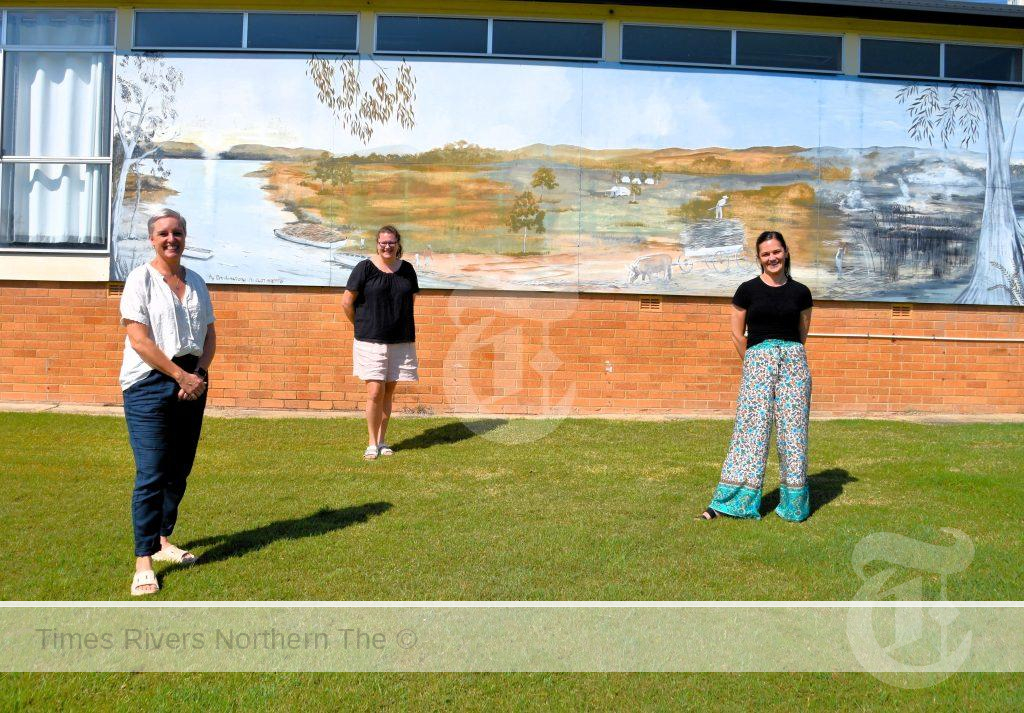
L to R: Amanda Moss, Dr Louise Wagner and Kelly Towns.
The capacity for the practice will include three doctors with three extra consulting rooms as per their development application.
Feedback from the community has been positive, according to the ownership group.
“The three of us have a really good attitude and are very community focused,” Amanda said.
“We understand what the community needs and we will do everything we can to try and get (Woodburn Health) for the community.”
Each of the team acknowledges they couldn’t take this project on without each other as each brings something unique to the table.
Dr Louise Wagner has been a qualified doctor for 10 years having graduated at the end of 2013 and starting work in January 2014.
“General practice is its own speciality so I’ve been a qualified GP since early 2018,” she said.
Amanda’s background is emergency nursing and has experience as a practice manager.
“Did emergency nursing for a long time and has done a little bit of work with the Australian Practice Nurses Association (APNA), I am really trying to advocate for nurses, particularly in primary health,” she said.
Kelly’s experience is in administration and it could be said, is the backbone of the team.
“I had worked at Evans Head for 19 years,” she said.
“I do have a degree in Social Science and my last five years I’ve been doing the practice manager role with Amanda.”
The main driver for the three women is the need by the community for another medical centre, despite the paperwork, the lost sleep and, of course, the cost of setting up such a venture.
“We’ve got no-one backing us, the three of us are backing this and really focused on the need for the community,” said Amanda.
“And as much as Kevin Hogan, Richie Williamson and Robert Mustow are all supportive of it, there’s been no funding for it from anywhere.
“Richmond Valley Council has been good and getting the DA through.
“We definitely appreciate that they see the need for this.”
The plans are for Woodburn Health to be open before Christmas and it will be using the HotDoc app for online bookings.
“Once we are able to take bookings, we will put a Facebook page out to our local Facebook community groups,” said Amanda.
For more Richmond Valley news, click here.




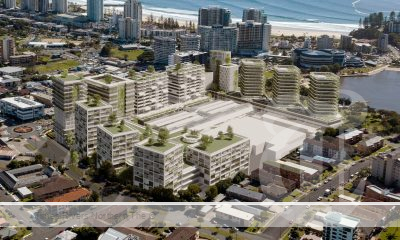
 Tweed Shire News2 years ago
Tweed Shire News2 years ago
 Motoring News2 years ago
Motoring News2 years ago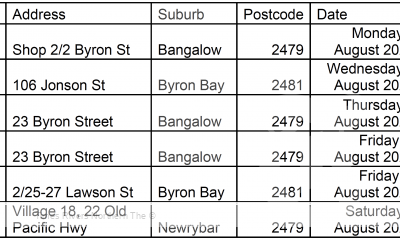
 COVID-19 Northern Rivers News3 years ago
COVID-19 Northern Rivers News3 years ago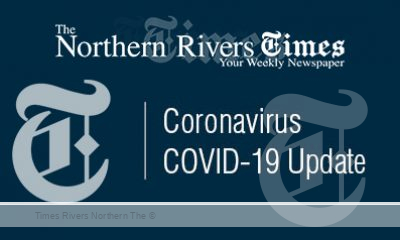
 COVID-19 Northern Rivers News3 years ago
COVID-19 Northern Rivers News3 years ago
 Northern Rivers Local News3 years ago
Northern Rivers Local News3 years ago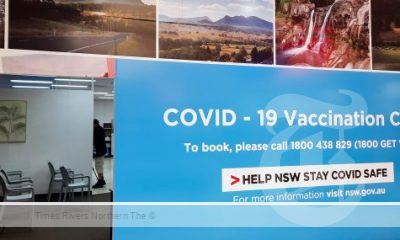
 Health News3 years ago
Health News3 years ago
 COVID-19 Northern Rivers News3 years ago
COVID-19 Northern Rivers News3 years ago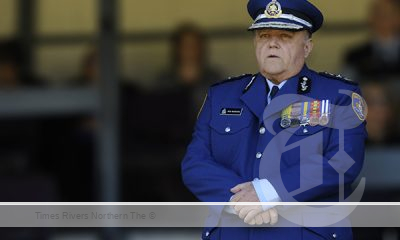
 NSW Breaking News3 years ago
NSW Breaking News3 years ago



















